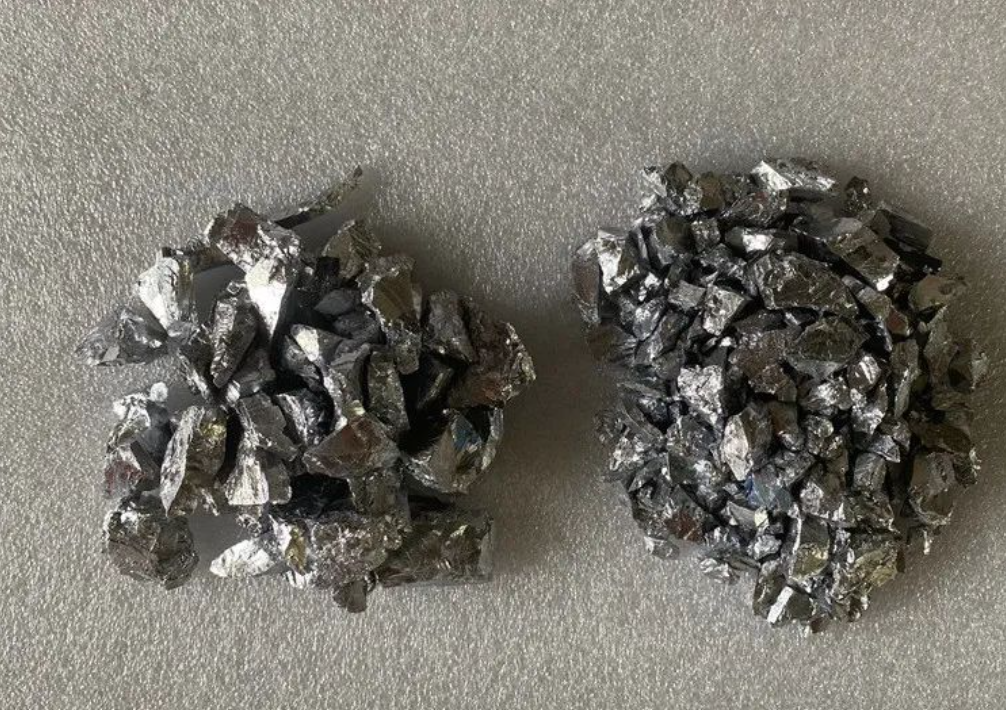
The calcium fluoride thermal reduction method used for the production of heavy rare earth metals generally requires high temperatures above 1450 ℃, which brings great difficulties to process equipment and operations, especially at high temperatures where the interaction between equipment materials and rare earth metals intensifies, resulting in reduced metal contamination and reduced purity. Therefore, reducing the reduction temperature is often a key issue to consider in expanding production and improving product quality.
In order to reduce the reduction temperature, it is necessary to first reduce the melting point of the reduction products. If we imagine adding a certain amount of low melting point and high vapor pressure metal elements such as magnesium and flux calcium chloride to the reducing material, the reduction products will be low melting point rare earth magnesium intermediate alloy and easily melted CaF2 · CaCl2 slag. This not only greatly reduces the process temperature, but also reduces the specific gravity of the generated reducing slag, which is conducive to the separation of metal and slag. Magnesium in low melting alloys can be removed by vacuum distillation to obtain pure rare earth metals. This reduction method, which reduces the process temperature by generating low melting intermediate alloys, is called the intermediate alloy method in practice and is widely used in the production of rare earth metals with higher melting points. This method has been applied in the production of metals for a long time, and in recent years it has also been developed for the production of dysprosium, gadolinium, erbium, lutetium, terbium, scandium, etc.
Post time: Oct-17-2023